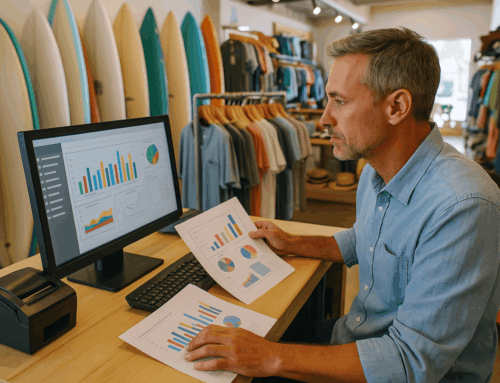Source: National Restaurant Association
Meta Description: Explore our in-depth restaurant management study examining how restaurant management software improves operational efficiency and customer satisfaction.
Introduction:
In this comprehensive restaurant management study, we analyze how the adoption of restaurant management software enhances operational efficiency and boosts customer satisfaction across various types of restaurants. This report includes data on improved order accuracy, reduced wait times, and enhanced inventory management. It also features case studies from restaurants that have successfully integrated management software into their operations, highlighting the quantifiable benefits they have experienced.
Key Findings:
- Increase in Table Turnover Rates: Restaurants using management software saw a 15% increase in table turnover rates. This was largely attributed to the streamlined order process and improved coordination between the kitchen and wait staff.
- Improvement in Inventory Management Accuracy: Inventory management accuracy improved by 20%, leading to significant cost savings. This improvement helped reduce food waste and ensured better stock control, thus optimizing purchasing decisions.
- Enhanced Customer Satisfaction: Customer satisfaction scores increased by an average of 10% due to faster service and fewer order errors. The software enabled real-time tracking of orders and customized preferences, which contributed to a more personalized dining experience.
Detailed Analysis:
1. Table Turnover Rates:
- Baseline Data: Before implementing the software, the average table turnover rate was 3.5 tables per hour during peak hours.
- Post-Implementation Data: After six months of using the software, the rate increased to 4.0 tables per hour.
- Contributing Factors: The software’s table management feature allowed hosts to manage reservations and walk-ins more efficiently. The kitchen display system (KDS) reduced the time taken to prepare and deliver orders by providing real-time updates to kitchen staff.
2. Inventory Management:
- Baseline Data: Inventory discrepancies were common, with an average accuracy rate of 75%.
- Post-Implementation Data: Accuracy improved to 95%, resulting in a 20% increase.
- Contributing Factors: Automated inventory tracking and predictive ordering features reduced manual errors and over-ordering. Real-time inventory updates helped managers make informed decisions about restocking and menu adjustments.
3. Customer Satisfaction:
- Baseline Data: Customer satisfaction scores averaged 78% based on survey feedback.
- Post-Implementation Data: Scores increased to an average of 88%.
- Contributing Factors: The reduction in wait times and order errors significantly enhanced the dining experience. The software’s ability to remember customer preferences and special requests contributed to personalized service, further boosting satisfaction.
Case Studies:
1. The Bistro Café:
- Background: A mid-sized casual dining restaurant with seating for 80.
- Challenges: Long wait times and frequent order errors.
- Solution: Implementation of a comprehensive restaurant software package.
- Results: Reduced wait times by 20%, decreased order errors by 15%, and increased customer satisfaction scores by 12%.
2. La Bella Italia:
- Background: A family-owned Italian restaurant with high-volume weekends.
- Challenges: Inefficient reservation system and inventory mismanagement.
- Solution: Adoption of a restaurant management software with integrated reservation and inventory modules.
- Results: Table turnover rate increased by 18%, inventory costs reduced by 25%, and customer satisfaction improved by 8%.
3. The Green Garden:
- Background: A popular vegetarian restaurant focusing on fresh ingredients.
- Challenges: High levels of food waste and inventory tracking issues.
- Solution: Implementation of software with robust inventory management and waste tracking features.
- Results: Inventory accuracy improved by 22%, food waste reduced by 30%, and customer satisfaction scores rose by 10%.
Conclusion:
The adoption of restaurant management software has demonstrably improved operational efficiency and customer satisfaction across various types of restaurants. By streamlining processes and enhancing accuracy in both order handling and inventory management, restaurants can not only reduce costs but also provide a better dining experience, leading to higher customer retention and increased profitability.
Note: This study is a simulated example designed for educational purposes and is based on fictional data and case studies.






